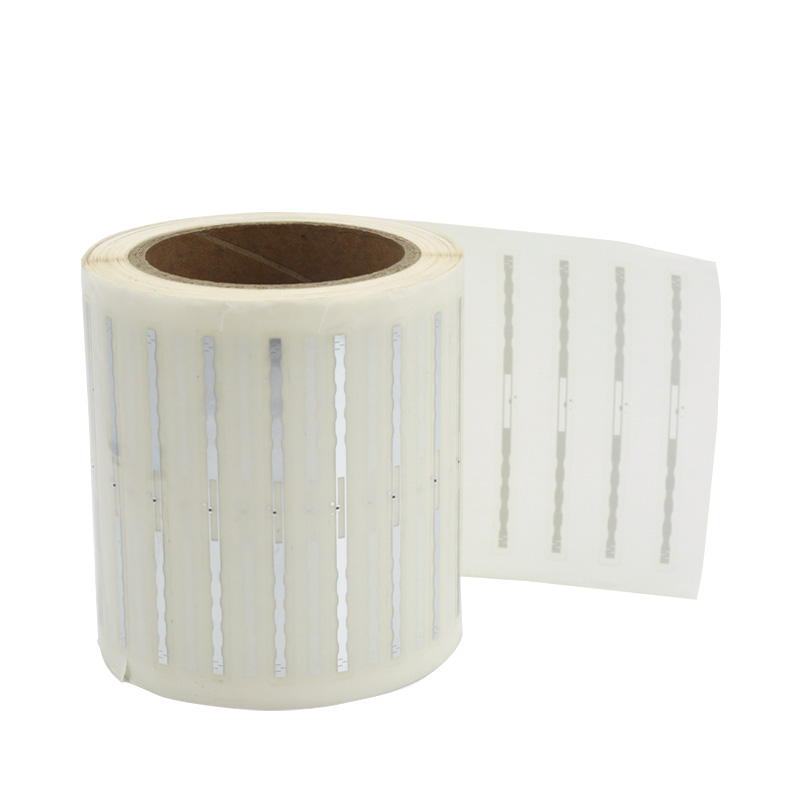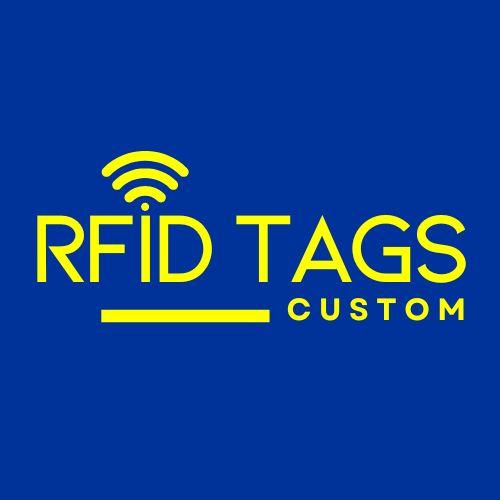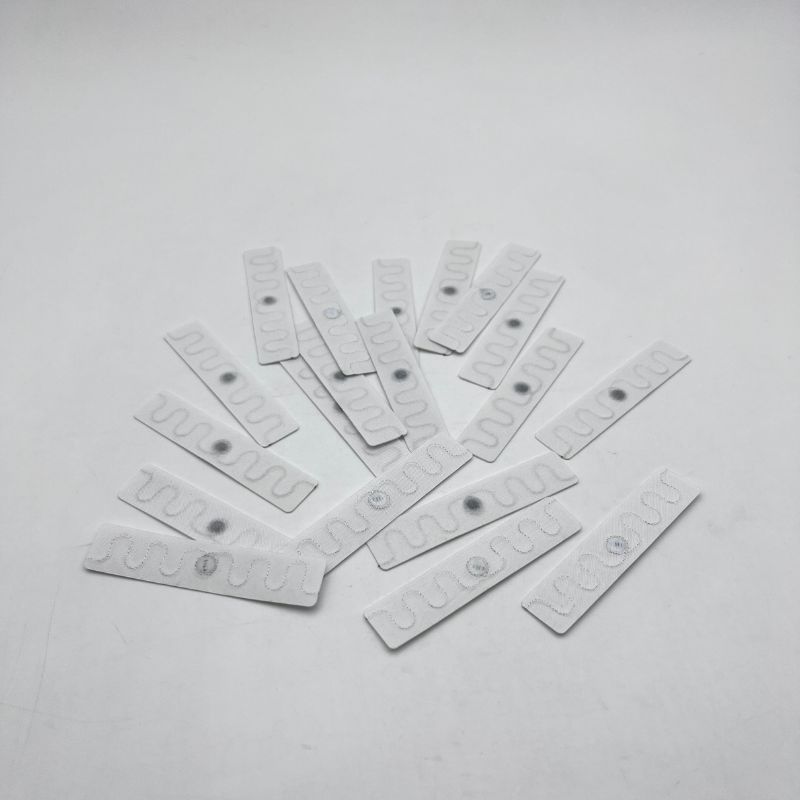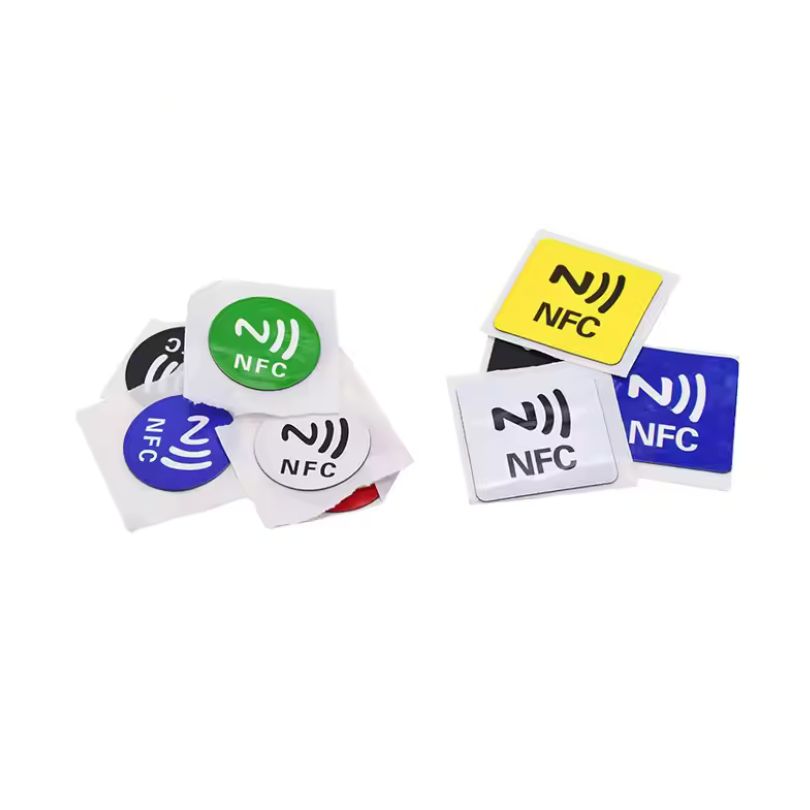
Airline RFID Baggage Tracking Paper for Airport Management
RFID Baggage Tracking Paper – UHF Smart Labels for Seamless Airport Operations
Are you struggling with lost or delayed luggage? Our RFID baggage tracking paper is designed to optimize airport baggage handling by reducing mishandling, increasing traceability, and improving passenger satisfaction. These smart paper tags are built on high-performance UHF RFID technology and offer real-time tracking, reliable scanning, and full IATA compliance.
If your airport wants to meet modern standards and boost efficiency, our RFID baggage tracking solution is the ideal next step.
How RFID Baggage Tracking Improves Airport Efficiency
Here’s how our RFID baggage tracking labels transform airport operations:
- Reduce Mishandled Bags – Drastically cut down on lost or delayed luggage with precise identification and location tracking.
- Streamline Baggage Flow – Automate sorting, loading, and unloading with fewer human errors and better throughput.
- Boost Security – Deter theft and prevent unauthorized access to luggage.
- Real-Time Data Visibility – Monitor baggage status from check-in to arrival using cloud-connected tracking.
- IATA Resolution 753 Compliance – Stay compliant with international baggage tracking standards.
These benefits make our RFID baggage tracking paper a must-have for airports looking to elevate service and compliance.
Technical Specifications – RFID Baggage Tracking Paper for Airport Use
| Feature | Specification |
| Frequency | UHF (860–960 MHz) |
| Protocol | EPC Gen2 / ISO 18000-6C |
| RFID Chip | Impinj Monza R6-P (or custom chip) |
| Read Range | Up to 6 meters (20 feet), depending on reader & antenna |
| Tag Material | Durable Thermal Transfer Paper |
| Dimensions | 100mm x 50mm (customizable) |
| Adhesive | High-Tack Permanent Acrylic |
| Printer Compatibility | Thermal transfer printers (Zebra, Honeywell, etc.) |
| Standards Compliance | IATA Resolution 753 |
| Key Applications | Airport baggage tracking, airline logistics, security compliance |
Ideal for Any Airport RFID Baggage System
Global airport operators trust our RFID baggage tracking paper for:
Departure & arrival baggage handling
Interline & transfer luggage coordination
Terminal-to-terminal baggage tracing
Integration with SITA, Amadeus, and custom RFID baggage systems
Automated sortation and exception handling workflows
Ready to Upgrade Your Baggage Handling?
Stop letting baggage mishandling disrupt operations and damage customer satisfaction.
📞 Contact us now or 💬 WhatsApp Chat for a free quote or technical consultation.
FAQ
Are these RFID tags compatible with my current airport system?
Yes, they work with standard UHF RFID readers and baggage handling systems worldwide.
Can I print these RFID baggage tags in-house?
Absolutely. Our labels are compatible with most thermal transfer printers used at check-in counters.
What’s the average read range?
Up to 6 meters (20 feet), depending on the reader setup and environment.
Do you offer tag customization?
Yes, including branding, serialized barcodes, and encoded data per your system’s needs.
Get Your Custom RFID Tags
As a leading custom RFID tag manufacturer, we craft solutions based on the unique needs of your operation. We offer a wide range of customization options, including material, size, frequency, encoding, and read distance, ensuring each RFID Tag is perfectly customized to your requirements. No matter what application you use RFID tags for, we can provide rugged, reliable RFID tags that meet the highest quality and durability standards. Here are the main ways we customize RFID tags to fit your needs.

Material Selection
Material is key for customizing RFID tags. Plastic works in harsh conditions, while softer materials suit delicate spaces. Different materials also affect signal performance. Pick what fits your use case to ensure your tags last and work reliably.

Customized Size
Size shapes usability. Small tags fit tight spaces or tiny items, while larger tags are easily read. In crowded areas, sleek tags prevent clashes. Align shape and dimension with your goods for visibility, convenience, and performance.

Frequency Requirements
Choose LF, HF, or UHF based on read range, speed, and interference. LF and HF resist metals and liquids but have shorter ranges. UHF offers an extended range yet may face signal blocks. Match frequency to your environment for reliable performance.

Reading Distance
Define the distance at which you have to read the tag. Short distances work for retail checkouts, while warehouses may need meters of coverage. Antenna design, reader settings, and power outputs affect range.Adjust these factors to capture data accurately at the distance you need.

Encode
Plan how data is stored on each tag. Some only hold an ID, while others contain detailed info. Decide if you need a simple EPC or added user memory. Ensure your chosen format works with existing software. Proper encoding streamlines processes and slashes errors.

Application Environment
Consider real-world conditions. Temperature swings, humidity, and chemicals can degrade tags. For outdoor use, opt for UV-resistant casings. In healthcare or food settings, ensure compliance with safety rules. Matching your tags to the environment maximizes their lifespan.
Related Products
Customize any RFID tags from our factory to meet your requirements.



